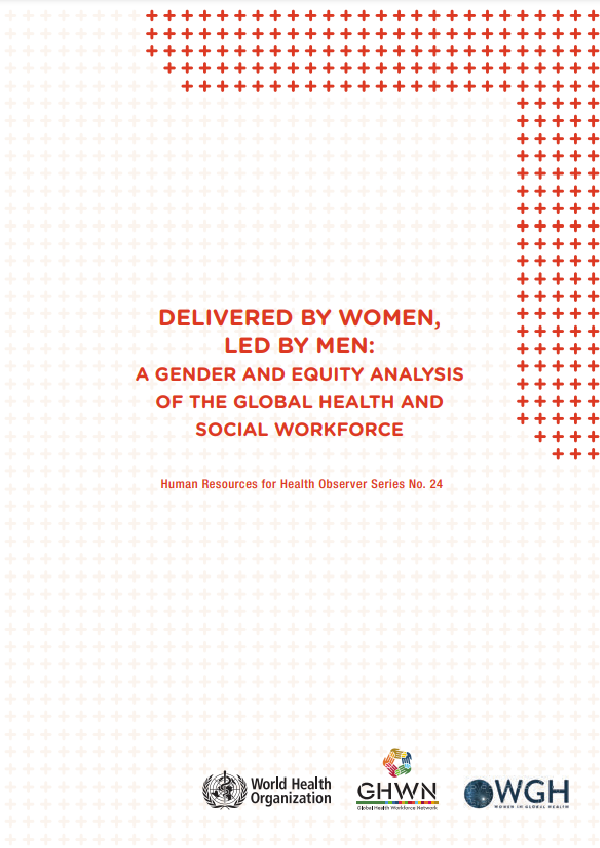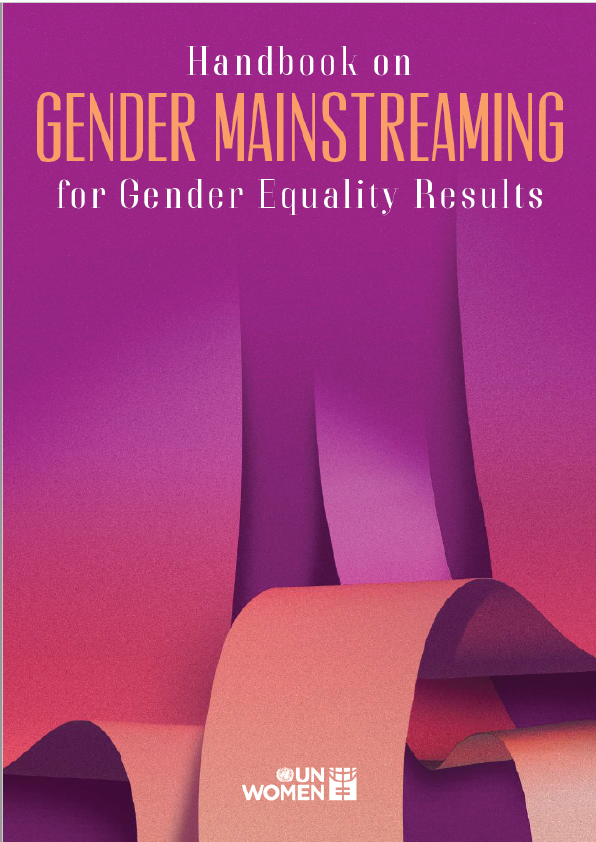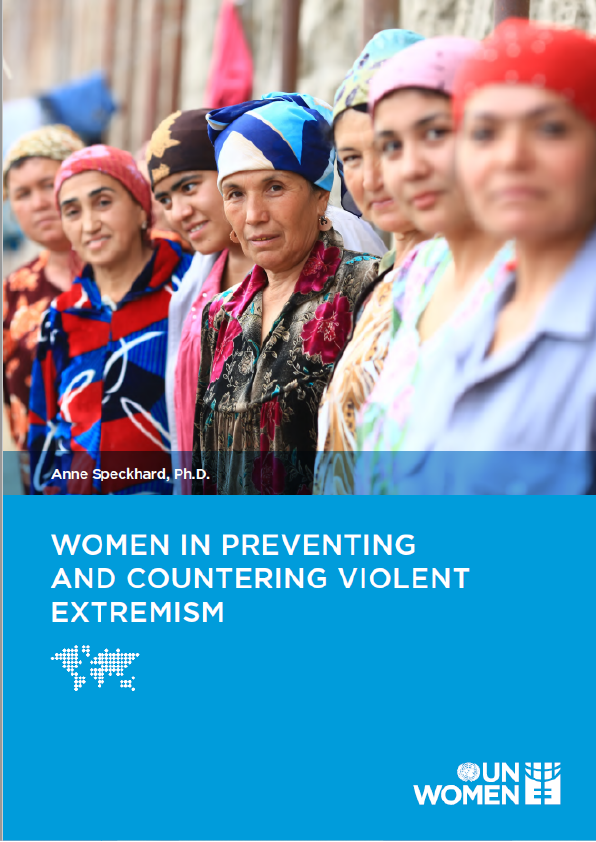The report, produced by the WHO Global Health Workforce Network’s Gender Equity Hub, (co-chaired by WHO, and Women in Global Health), is the latest gender and equity analysis on the health workforce looking collectively for the first time at issues of leadership; decent work free from all forms of discrimination, harassment, including sexual harassment; gender pay gap; and occupational segregation across the entire workforce. It calls for gender transformative policies and measures to be put in place if global targets such as universal health coverage (UHC) are to be achieved. This report serves as an essential resource to all policy-makers, practitioners, researchers, educators, and activists that must make it part of their core business to understand and effect change.
Demographic changes and rising health care demands are projected to drive the creation of 40 million new jobs by 2030 in the global health and social sector. In parallel, there is an estimated shortfall of 18 million health workers, primarily in low- and middle-income countries, required to achieve the Sustainable Development Goals (SDGs) and universal health coverage. The global mismatch between health worker supply and demand is both a cause for concern and a potential opportunity. Since women account for 70% of the health and social care workforce, gaps in health worker supply will not be closed without addressing the gender dynamics of the health and social workforce. The female health and social care workers who deliver the majority of care in all settings face barriers at work not faced by their male colleagues. This not only undermines their own well-being and livelihoods, it also constrains progress on gender equality and negatively impacts health systems and the delivery of quality care.
In November 2017, the World Health Organization (WHO) established the Gender Equity Hub (GEH), co-chaired by WHO and Women in Global Health under the umbrella of the Global Health Workforce Network. The GEH brings together key stakeholders to strengthen gender-transformative policy guidance and implementation capacity for overcoming gender biases and inequalities in the global health and social workforce, in support of the implementation of the Global Strategy on Human Resources for Health: Workforce 2030, and the Working for Health five-year action plan (2017–2021) of WHO, the International Labour Organization (ILO) and the Organisation for Economic Co-operation and Development (OECD).
In 2018, the GEH identified and reviewed over 170 studies in a literature review of gender and equity in the global health workforce, with a focus on four themes: occupational segregation; decent work free from bias, discrimination, and harassment, including sexual harassment; gender pay gap; and gender parity in leadership.
This report will inform the next phase of the work of the Global Health Workforce Network GEH, which seeks to use these research findings to advocate gender-transformative policy and action.
Key findings from the four thematic areas of the review
The key findings in each of the four thematic areas covered by the GEH review are summarized in Figure ES.1 and covered in detail in Chapters 3–6 of this report.
Overarching findings and conclusions from the review
In addition, the report identified eight overarching findings and conclusions, summarized in Figure ES.2 and further elaborated in the text below.
• Most of the 170 studies found and reviewed in this report come from anglophone high-income country contexts and are unlikely to be applicable to other contexts.
• There are gaps in data and research from all regions but the most serious gaps are in low- and middle-income countries. This is a major concern since the most rapid progress in health is needed in low- and middle-income countries to reach the SDGs, attain universal health coverage and achieve health for all targets by 2030.
• Widespread gaps in the data and literature were found in countries of all income levels on implementation research, application of gender-transformative policy measures, and good practice in addressing health system deficiencies caused by gender inequality.
• Major gaps and lack of comparable data were found in countries from all regions. Examples include sexual harassment and gender pay gap data.
• Studies were limited in methodological approaches. Few used an intersectional approach to examine how gender disadvantage in the health workforce can be compounded by other social identities such as race and class.











